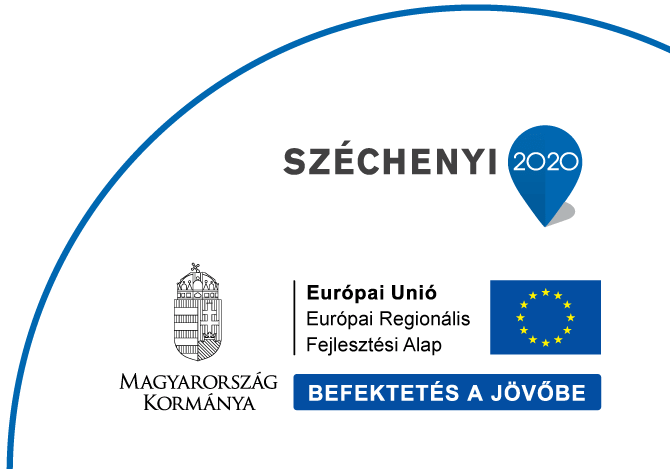In 2008/2009, Vorarlberg decided to cover 100% of its energy needs from renewables by 2050 including the whole mobility sector. Therefore, in 2008 the partly public-funded project VLOTTE started as one of the first measures of the model region for electromobility. One of the key targets was the market preparation for EVs in Vorarlberg and testing of practical suitability of the vehicles used. Another target was the determination of technical issues such as energy consumption, noise emissions and the influence of social factors like attitudes and experiences of long-term users. Executing project partners were the illwerke vkw AG, the regional energy supplier.
They started with 50 E-vehicles, built a photovoltaic system on the 1400 m² roof area of the new carport located at the illwerke vkw and reactivated already existing electric charging stations. Within the first 2 years, VLOTTE introduced 357 electric vehicles (EV´s) to customers, public authorities and interested private persons. VLOTTE also installed 139 public charging stations and 3 fast chargers. After this initial “project character”, VLOTTE has grown to a separate business branch of illwerke vkw in the last 10 years. In 2021, all activities in relation to e-mobility are concentrated within VLOTTE and the reached key results are impressive: more than 4500 electric cars in total; more than 16% of newly registered cars in 2021 were electric cars; 530 charging points, 76 fast chargers and 10 high power chargers are operated.
One of good practice that is developed are e-buses. E-buses has to play a major role in future public transport. In a pilot project of VVV, the goal was to implement 4 e-buses to serve the area between Bludenz, Feldkirch and Götzis. The buses are in operation since February 2020. The Good Practice shows the necessity to care about the whole process from the political framework, over the implementation, operation, and optimization of the whole e-bus system. The good practice reached its objective with a “problem first” (regional realization of the clean vehicle directive) approach and the interaction between stakeholders (VVV and state of Vorarlberg). Next, regions and bus lines suitable for electric buses were identified based on simulations of an external company. The economic efficiency, the electric affinity of the bus operators and other framework conditions were also investigated. In a last step, tendering, awarding, procurement and contracting of the vehicles and the charging infrastructure was necessary. After installing the charging infrastructure by illwerke vkw, the local energy service provider, the operator of the buses (ÖBB postbus) started the test phase to learn about the maturity of the buses, experiences made within bus circulation, drivable distances and charging behaviors, special requirements for maintenance of vehicles and chargers. Lastly, tracking and measurement of charging behavior and mileage of the buses was implemented to gain information for an optimal operation.
